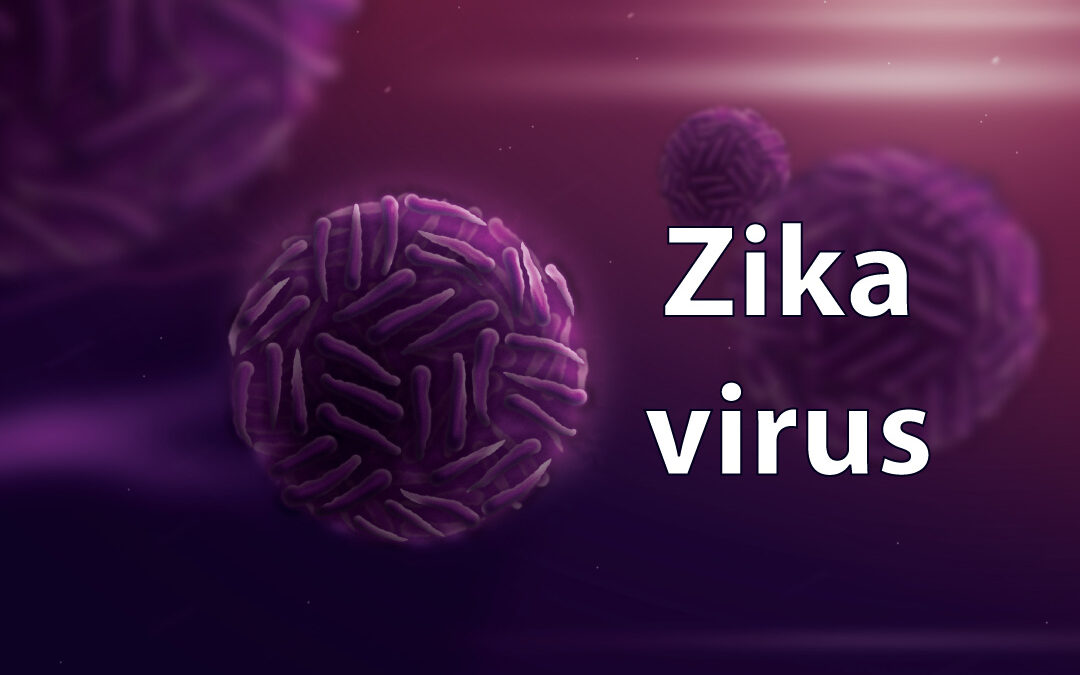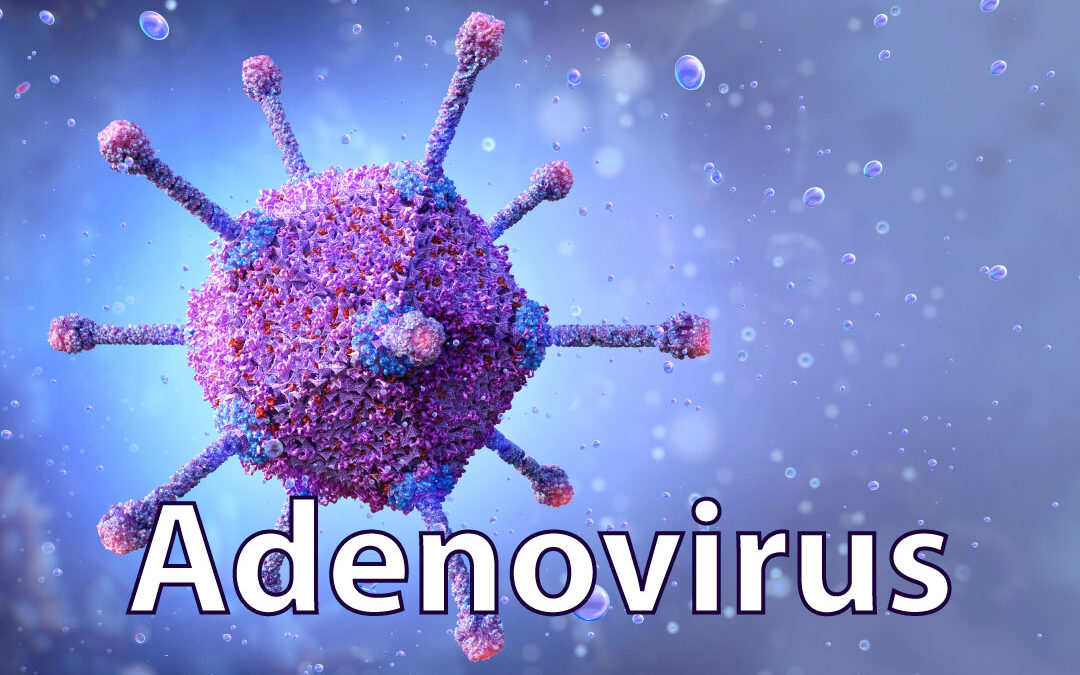


The virus of the month: HIV
Human immunodeficiency viruses (HIVs) result from cross-species transmissions of simian immunodeficiency viruses (SIVs) that infect African primates. One such event thought to have occurred just after the turn of the 20th century gave rise to the HIV-1 group M, which...
The virus of the month: Zika
Zika virus (ZIKV) was first identified in monkeys in Uganda in 1947. Later, in 1952, it was also found in humans in Uganda and Tanzania. Yet it was only in 2007 that the first Zika outbreak was reported, and the disease only became known worldwide in 2016, during a...
The virus of the month: norovirus
Norovirus was first reported in 1929 when it was singled out as the cause of a winter vomiting disease. In 1968, the virus was named Norwalk virus, and many of its symptoms and incubation times were described as part of investigations of a large outbreak. In the...
The virus of the month: Adenovirus
Listen to this blog article Adenovirus infections are normally mild, and no adenovirus has ever caused a distressing pandemic. So why are adenoviruses among the most important and thoroughly studied pathogens in human history? Read on to learn more about these...
The virus of the month: Rhinovirus
Listen to this blog article Globally, Human Rhinovirus (HRV) infections are the main cause of what we refer to as the common cold. HRV infections make up around one-half to two-thirds of common colds and are mostly seasonal, with infections peaking during the spring...
The virus of the month: Vaccinia virus
Listen to this blog article Smallpox virus (variola virus) is among the world’s most infamous viruses. At school, we all learn how the deadly smallpox virus was eliminated through vaccination. If you’d forgotten that particular biology lesson, perhaps you’ve seen Bill...
The making of dengue virus: the 3′ UTR
In the first blog of our dengue series, we described dengue’s 5′ untranslated region (UTR) – a relative short sequence (around 100 nucleotides) that includes two elements essential for genome replication: (i) the promoter for RNA synthesis, (known as stem-loop A), and...
The making of dengue virus: NS4 & NS5
The non-structural proteins of dengue, although relatively small, have multiple assorted roles. In last month’s blog, we have seen how NS2 and NS3 each play multiple roles in virus propagation and host immunomodulation. This month we address NS4 and NS5, two...
The making of dengue virus: NS2 & NS3
In last month’s blog, we have seen how the glycoprotein NS1 plays an essential role in flavivirus RNA replication. This month, we continue with this theme and describe other two non-structural proteins of dengue virus, NS2 and NS3. NS2, viral RNA synthesis, and virion...
The making of dengue virus: NS1
The RNA genome of dengue virus (DENV) encodes seven nonstructural proteins that are essential for viral replication (NS1, NS2A, NS2B, NS3, NS4A, NS4B, and NS5). In this month’s post, we dissect the characteristics and roles of NS1, a multifunctional glycoprotein that...
The making of dengue virus: the structural proteins
A brief jaunt through the dengue life cycle During DENV entry into the host cell, the envelope protein binds to the cognate receptor and triggers DENV endocytosis and internalization within an endosome. Next, low endosomal pH induces changes in the conformation of the...
The making of dengue virus: 5’UTR
The DENV RNA genome encodes a single long open reading frame that encodes multiple viral proteins. Examining the DENV genome, the first region that we encounter is the 5′ untranslated region (5′-UTR). This is a short but highly structured sequence of between 95 to 101...
The virus of the month: The making of dengue virus
The making of dengue virus Dengue virus (DENV) belongs to the family Flaviviridae (genus Flavivirus) and is transmitted to humans by Aedes mosquitoes (mainly Aedes aegypti). DENV infection is usually characterized by fever and severe joint pain, but more serious...
The viral system of the month: Adeno-associated derived vectors
From concept to reality: How a virus is helping to advance gene therapy This month the FDA approved Zolgensma (Novartis), the first gene therapy for spinal muscular atrophy in children. While the treatment price – $2.125 million – is making most headlines, here we...
The virus of the month: Influenza
Influenza kills hundreds of thousands annually and has the potential to cause pandemics, making it a major public health concern. The influenza viruses that infect humans are classified as either A, B or C types based on host tropism and the severity of the disease....
The viral system of the month: Virus-like Particles
Virus-like particles: life as a shell Virus-like particles (VLPs) are non-infectious nanostructures made of viral structural proteins, and thereby mimicking the outer conformation of the virus of interest. VLPs might resemble a working virus, but don’t be fooled:...Page 1 of 1
